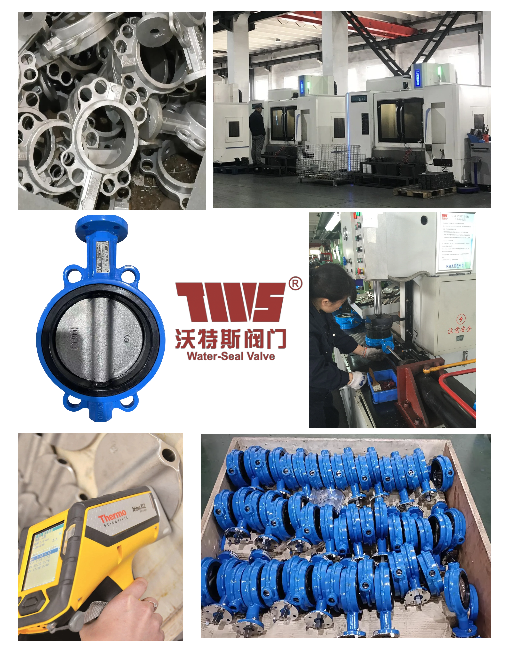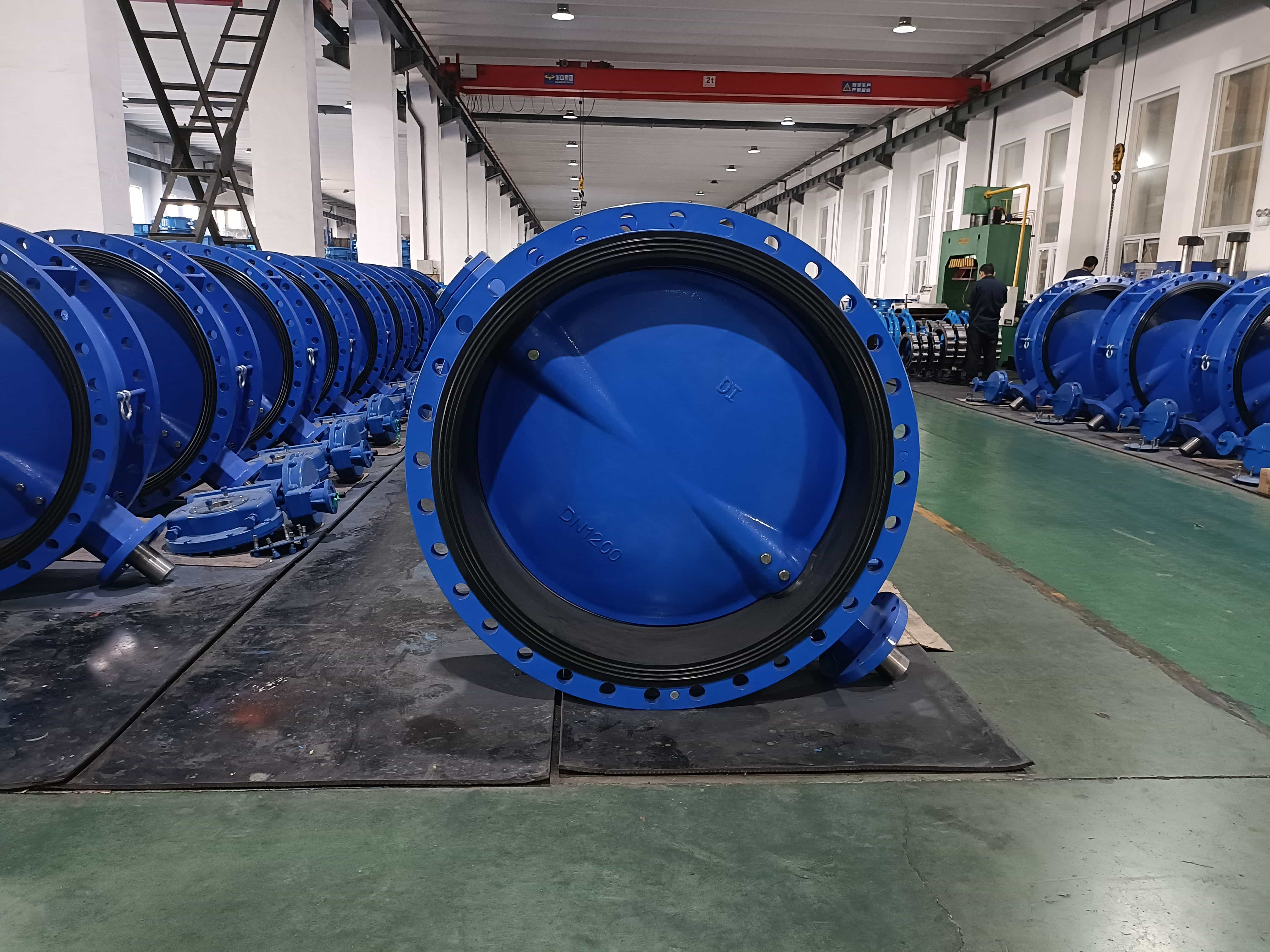Valve selection principle (1)Safety and reliability. Petrochemical, power station, metallurgy and other industries production requirements for continuous, stable, long-cycle operation. Therefore, the valve required should be high reliability, large safety factor, can not cause major production safety and personal casualties due to valve failure, to meet the requirements of long-term operation of the device. In addition, reduce or avoid the leakage caused by valves, create a clean, civilized factory, the implementation of health, safety, environmental management.
(2)Meet the process production requirements. The valve should meet the needs of using medium, working pressure, working temperature and use, which is also the basic requirement of valve selection. If the valve is required to protect overpressure and discharge excess medium, safety valve and overflow valve shall be selected; to prevent medium return valve during the operation process, adopt check valve; automatically eliminate condensate water, air and other non-condensing gas generated in steam pipe and equipment, while preventing the steam escape, drain valve shall be used. In addition, when the medium is corrosive, good corrosion resistance materials should be selected.
(3)Convenient operation, installation and maintenance. After the valve is installed, the operator should be able to correctly identify the valve direction, opening mark and indication signal, so as to deal with various emergency faults. At the same time, the selected valve type structure should be as far as possible, convenient installation and maintenance.
(4)Economy. Under the premise of meeting the normal use of process pipelines, valves with relatively low manufacturing cost and simple structure should be selected as far as possible to reduce the device cost, avoid the waste of valve raw materials and reduce the cost of valve installation and maintenance in the later stage.
Valve selection steps 1.Determine the working condition of the valve according to the use of the valve in the device or process pipeline. For example, working medium, working pressure and working temperature, etc.
2.Determine the sealing performance level of the valve according to the working medium, working environment and user requirements.
3.Determine the valve type and drive mode according to the purpose of the valve. Types such as resilient butterfly valve, check valve, gate valve, balancing valve, etc. Driving mode such as worm wheel worm, electric, pneumatic, etc.
4.According to the nominal parameter of the valve. The nominal pressure and nominal size of the valve shall be matched with the process pipe installed. Some valves determine the nominal size of the valve according to the flow rate or discharge of the valve during the rated time of the medium.
5.Determine the connection form of the valve end surface and the pipe according to the actual operating conditions and the nominal size of the valve. Such as flange, welding, clip or thread, etc.
6.Determine the structure and form of the valve type according to the installation position, installation space, and nominal size of the valve. Such as dark rod gate valve, angle globe valve, fixed ball valve, etc.
According to the characteristics of the medium, working pressure and working temperature, to the correct and reasonable selection of the valve shell and internal materials.
Media Contact
Company Name: Tianjin Tanggu Water-Seal Valve Co., Ltd.
Email: Send Email
Address:No.105, No.6 road, Industrial park, Xiaozhan Town, Jinnan District
City: Tianjin
Country: China
Website: https://www.tws-valve.com/








